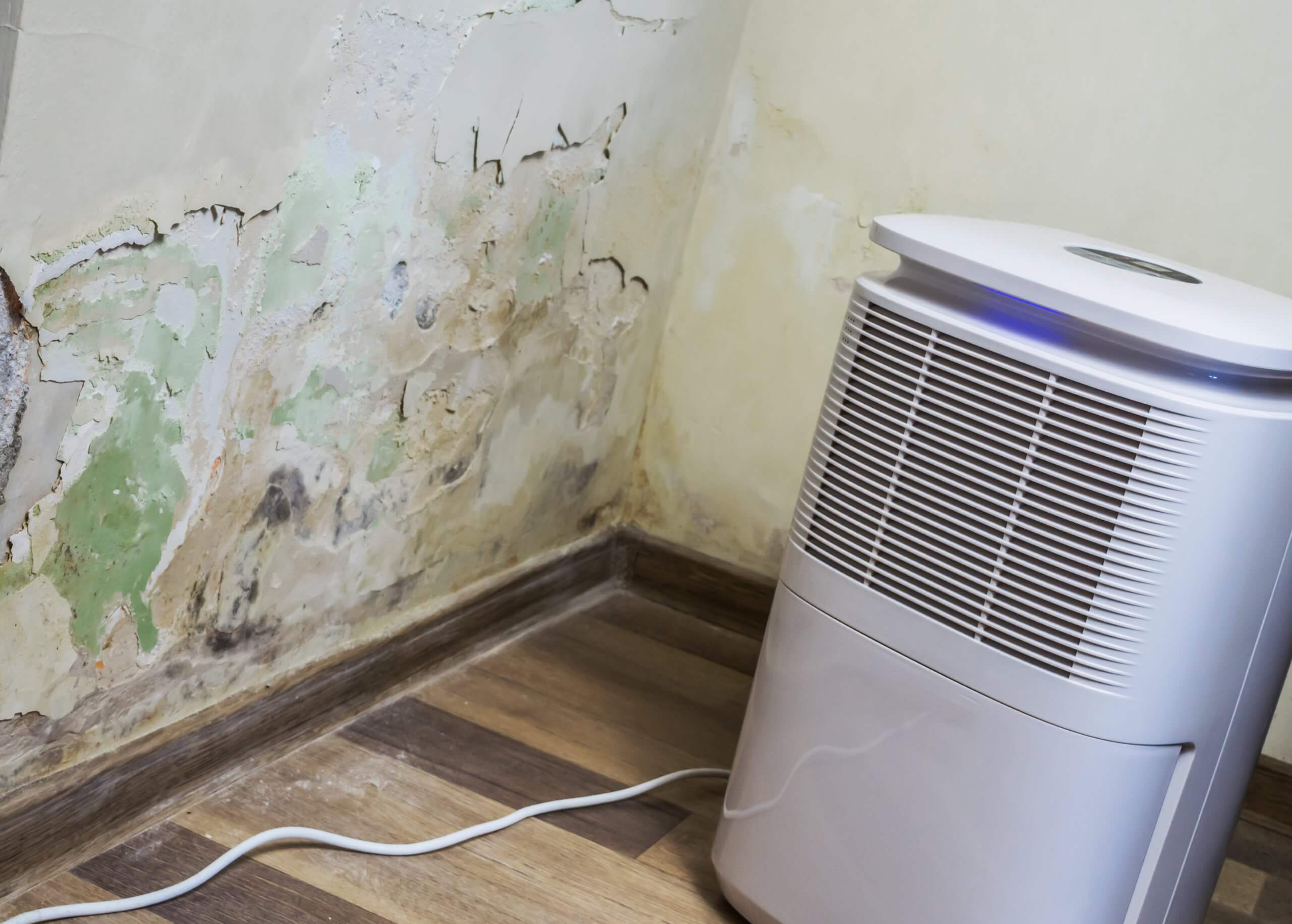
Air conditioners work by taking warm air from the outside, removing heat and excess humidity, and releasing it in the room as cold air which is not very different from installing honeywell thermostats. It’s the same process no matter what type you use in the house—window type, split type, inverter, etc. From this, ACs expel two things, heat and water.
Depending on the humidity, ACs can drain up to 20 gallons of water a day through a condensate drain line. However, like any drain line, this pipe can promote all sorts of unwanted growth over time—dirt, fungi, algae, you name it. With such blockage, the water has to find another way out, reaching places you don’t want it to go.
Not even the most solidly built homes can resist water damage. When it happens, have your AC checked for problems as soon as possible. With that in mind, the following signs occur more often than you think and grow worse over time.
Overflowing condensate
Cold air should be the only thing your AC is outputting in your room. If even just a bit of water’s finding its way inside, that means the drain line’s not working as intended. As mentioned earlier, the most common issue is that the pipe’s clogged with unwanted growth, though it can also occur in the condensate pan.
Never underestimate the power of occasional leaks, especially if you have a centralized AC unit. One woman made headlines in Oklahoma City after she returned to see her home springing leaks all over the place stemming from her AC system. From the ceiling, the localized water damage slowly made its way to other parts like the closet, rendering the entire house unlivable.
Spotting overflows can be tricky, which is why it’s usually done by remediation services such as Rescue Clean 911 and others. They can conduct a mold test to check for growth, particularly in well-hidden areas, and later trace the source of the moisture. To learn more about these providers, watch this video:
Cooling struggles
AC units wouldn’t be what they are without refrigerant. This chemical compound can change between gas and liquid states at the slightest fluctuation in pressure (i.e., expansion valve and compressor). The shift allows it to release cold air in the room and expel heat effectively.
Contrary to popular belief, ACs don’t lose refrigerant over time, provided the tubes in which they run are kept intact. But once the unit takes an unusually long time to cool a room, it may mean the refrigerant lines have sprung a leak.
How does this relate to water damage? One of the signs of low refrigerant involves evaporator coils icing up, which means the refrigerant temperature has dropped below the ideal temperature for removing heat. The rest of the AC system will struggle to do its job due to the icy buildup and even cause it to stop working; after which, the ice may start to melt.
Allergies acting up

Allergies are the sixth leading cause of chronic illness in the United States, with an estimated 50 million suffering from various allergies annually. Among them are allergies triggered by dust, which AC units can mitigate through adequate air filters. For instance, window-type ACs generally have air filters that can catch particulates no smaller than 10 microns.
But the more you use your AC, the more the particulates build up in the filter. Eventually, it’ll be unable to catch all the harmful bodies in the air, letting them blow inside the room along with the cool air. While it’s important to remember that air conditioning doesn’t cause sickness per se, the air it delivers to the room does.
Flaring allergies in an air-conditioned room also bring the risk of water damage. The buildup of particulates can also hinder the flow of cool air enough to form ice crystals across the air filter. It won’t take long for these crystals to melt and cause the AC to leak. That’s why it’s important to clean the filter before it gets the chance to accumulate water, which can be done with detergent and water. If the filter is disposable or still gives you trouble despite the cleaning, replace it.
Conclusion
Most people put off leaks, confident that these trickles would hardly cause any harm. But all that confidence will soon disappear once the ceiling or wall starts growing colonies or, worse, falling apart. These issues happen more frequently than you think, so it’s imperative that you deal with such problems the moment they show.
David Harrison
Related posts
Stay connected
Today's pick
- Things to Remember While Designing Your Custom Modular Kitchen in GurgaonGurgaon now known as Gurugram is the second largest city in the state of Haryana and is a reflectiossn of an ideal modern city with futuristic goals. Witnessing rapid urbanization, it has also emerged as a hub for contemporary homes, with homeowners seeking innovative and... The post Things to Remember While Designing Your Custom Modular […]

